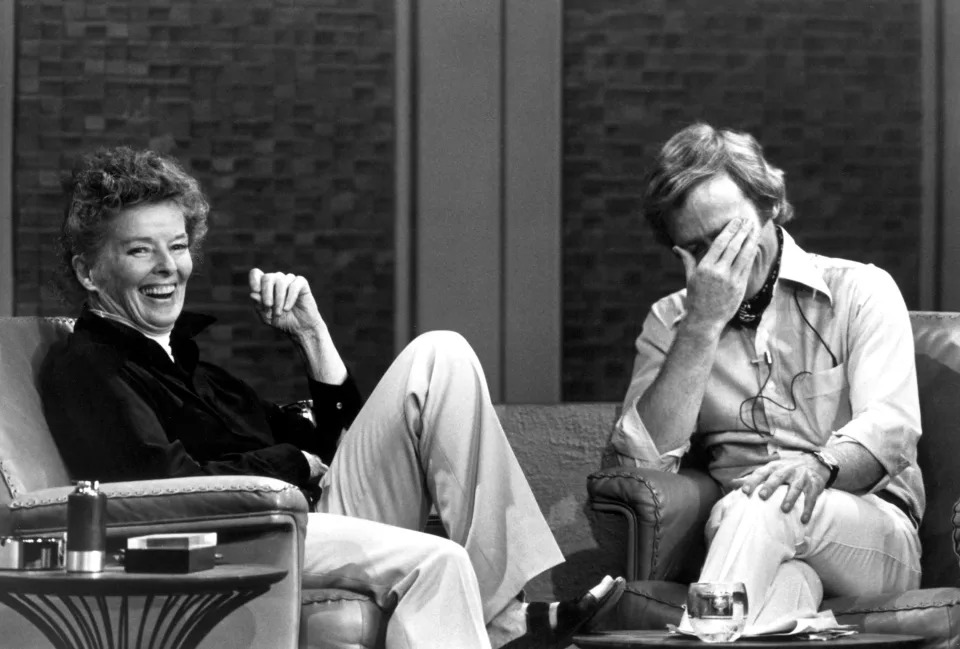For me, one of the most enlightening moments in the aftermath of the tragic events in Buffalo on Saturday came when a number of journalists and pundits were chastised for referring to the shooter as a “lone gunman.” What were the critics of this reporting trying to tell us? While one person pulled the triggered, he had a host of accomplices who created the environment in which he believed his actions were acceptable, if not justified.
In the course of drafting the historical novel which has taken me away from this blog for the past several months, the research took me to Tallahatchie County, Mississippi in 1956. This was the time and location of the infamous torture and murder of Emmett Till, only one of several similar violent responses to the Supreme Court’s decision in Brown v. Board of Education of Topeka, Kansas. What was it about northeast Mississippi that made it the epicenter of mid-20th century racial conflict?

One possible answer was provided by then aspiring journalist David J. Halberstam. Seventeen years before this Pulitzer Prize winning author published The Best and the Brightest, Halberstam penned an article for The Reporter titled, “Tallahatchie County Acquits a Peckerwood.” Following the acquittal of Elmer Kimbell after the murder of Clinton Melton, an African-American gas station attendant, he wrote:
A friend of mine divides the white population of Mississippi into two categories. The first and largest contains the good people of Mississippi, as they are affectionately called by editorial writers, politicians, and themselves. The other group is a smaller but in many ways more conspicuous faction called the peckerwoods.
The good people will generally agree that the peckerwoods are troublemakers, and indeed several good people have told me they joined the Citizens Councils because otherwise the peckerwoods would take over the situation entirely. But while the good people would not act with the rashness of and are not governed by the hatred of the peckerwood, they are reluctant to apply society’s normal remedies to the peckerwood. Thus it is the peckerwoods who kill Negroes and the good people who acquit the peckerwoods
David Halberstam, “Tallahatchie County Acquits a Peckerwood,” The Reporter, April 19, 1956.
Sound familiar? From his own manifesto, we know the Buffalo assailant is an anti-Semitic, white supremacist. But he is someone who Halberstam, if covering the weekend events, would also call a “neo-peckerwood.” But the phrase in Halberstam’s article that haunts me is, “…several good people have told me they joined the Citizens Councils (the organization created to fight school integration) because otherwise the peckerwoods would take over the situation entirely. “
How is that any different from Mark Esper, John Bolton, Bill Barr, Kellyanne Conway and every other former member of the previous administration who claimed they were protecting us or “the peckerwoods would take over the situation entirely?” No, they did not protect us. They silently endorsed the behavior.
And how are Tucker Carlson, Elyse Stefanik and a host of MAGA-inspired candidates for office in 2022 distinguishable from the “good people” of Tallahatchie County who believed their silence in the face of bigotry and hate made them better than the peckerwoods. Stefanik, the third highest ranking Republican in the U.S. House of Representatives believes she is absolved of her complicity by Tweeting, “Our nation is heartbroken about the tragic news of horrific loss of life in Buffalo.” Just days after calling those across the aisle pedophiles and grifters who were promoting illegal immigration, a dog whistle for “replacement theory.”
Is there no one in the Republican leadership who will recognize how they contribute to the bile that has poisoned the body politic and the nation? Rather than banish the Liz Cheneys who dare call them out, is there not one member of the current party elite who will emulate Prince Escalus in Act V of Romeo and Juliet when he chastises the lovers’ parents for creating the conditions which led to a tragic end. “See what a scourge is laid upon your hate.” Instead of ending his screed with “All are punished,” a modern day Prince would declare, “All are peckerwoods.”
For what it’s worth.
Dr. ESP




 Consider the recent exploits of the golfer we love to hate Bryson DeChambeau as an example of how expectations can change in a matter of hours. During the second round of the BMW Championship, after an eagle on the 16th hole, DeChambeau was in reach of a 59 with one birdie on either of the last two holes. Missed putts of 17 feet on the 17th and six feet on the 18th resulted in “only” a course and tournament record 60, 12 strokes under par. In the post-round interview, DeChambeau did not hesitate to voice his disappointment about misreading the putt on 18. “I wanted to make it so bad.”
Consider the recent exploits of the golfer we love to hate Bryson DeChambeau as an example of how expectations can change in a matter of hours. During the second round of the BMW Championship, after an eagle on the 16th hole, DeChambeau was in reach of a 59 with one birdie on either of the last two holes. Missed putts of 17 feet on the 17th and six feet on the 18th resulted in “only” a course and tournament record 60, 12 strokes under par. In the post-round interview, DeChambeau did not hesitate to voice his disappointment about misreading the putt on 18. “I wanted to make it so bad.” Which brings me to my last point about expectations. Americans should heed the axiom, “Don’t let the perfect be the enemy of the good.” [NOTE: The origin of this phrase is attributed to Voltaire who wrote in his Philosophical Dictionary, “The best is the enemy of the good.”] Every PGA and LPGA tour player would love to shoot an ideal score, 16 birdies and a couple of eagles for good measure. But they have not given up the game because it is, for all practical purposes, out of reach. Instead, they yell, “FORE,” to acknowledge the errant shot, look for opportunities to recover and know the final tally never rests on a single stroke.
Which brings me to my last point about expectations. Americans should heed the axiom, “Don’t let the perfect be the enemy of the good.” [NOTE: The origin of this phrase is attributed to Voltaire who wrote in his Philosophical Dictionary, “The best is the enemy of the good.”] Every PGA and LPGA tour player would love to shoot an ideal score, 16 birdies and a couple of eagles for good measure. But they have not given up the game because it is, for all practical purposes, out of reach. Instead, they yell, “FORE,” to acknowledge the errant shot, look for opportunities to recover and know the final tally never rests on a single stroke.